One year on.... Haunted by the hell of October 7
James Morrow in Israel hears the pain and determination of survivors of the massacre and finds a politcially divided nation on edge but united by the goal of the hostages’ return.
News
Don't miss out on the headlines from News. Followed categories will be added to My News.
“We used to say that life on Kfar Aza was 95 per cent heaven and five per cent hell, and (on October 7), that turned around,” Ralph Lewinsohn says.
Lewinsohn, 72, is showing a group of Australian journalists around the grounds of what was once a thriving kibbutz in southern Israel where nearly a year ago hundreds of Hamas terrorists – followed closely by freebooting Gazans – went on the rampage, committing some of the deadliest atrocities of October 7.
In Kfar Aza, everywhere the eye turns reveals evidence of a rampage both chillingly random and brutal.
While the community had often endured rocket attacks from neighbouring Gaza – the northern end of the territory is clearly visible across a flat sandy plain that separates the kibbutz by just 1.6km at its narrowest point – October 7 was something else again.
On one side of a path, houses whose residents once upon a time never locked their doors in the close knit community, look like maybe their occupants have gone away on an extended vacation.
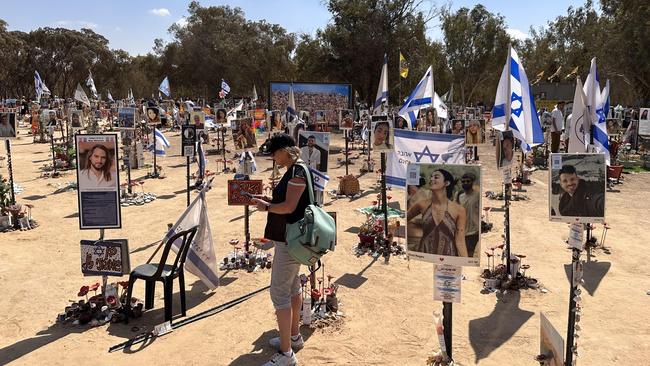
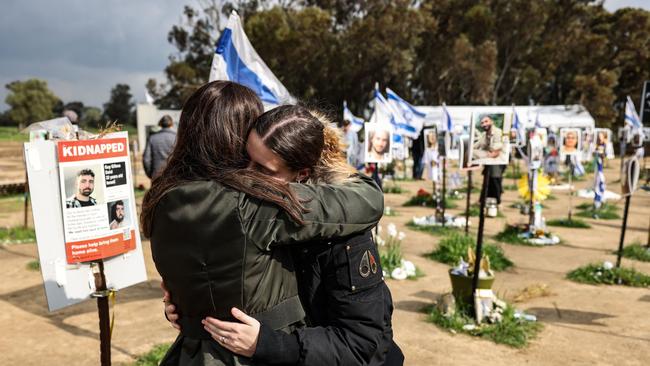
On the other, blasted out windows, bullet holes and shrapnel marks, and in some cases just charred frames, where the terrorists lit the homes’ gas bottles and let them and whoever was inside burn.
“What they did here, they took those gas cylinders, opened them, threw a cigarette lighter, rolled them into the house and waited for the house to burn out,” he says, walking through the scene.
“Next house was a couple with two children that managed to get out of the window and survive. Just, you know, luck of the draw.”
Saturday Extra toured Kfar Aza and a number of sites across Israel just days before the first anniversary of the massacres on a visit hosted by the Australia/Israel and Jewish Affairs Council and found a country very much on edge, divided politically, yet united by the singular goal of getting the remaining October 7 hostages back.

The visit came just days before an Israeli air strike killed Hezbollah leader Hassan Nasrallah in Beirut, touching off a retaliatory Iranian missile strike that comprised nearly 200 ballistic missiles but claimed only one life – ironically, of an innocent Palestinian in the West Bank.
In Israel memories of October 7 are still raw.
By the time the army arrived at Kfar Aza, hours after the first shots were fired, 62 residents of the community of around 900 were dead, along with around 70 of the terrorists.
Nearly a year later, doorways sport spray-painted tags indicating the unit that cleared them and symbols – a red dot and circle for civilians, white ones for terrorists – showing where there were remains to be identified.
Here and there, crews of volunteers from as far away as New York City work to do what they can to repair the damage and get the kibbutz moving again
INSIDE INFORMATION
“They had, each squad leader had, a map of the kibbutz they were going into,” Lewinsohn says of the terrorists, recalling the methodical way they attacked using knowledge that could have only been obtained by an inside job.
“We figured out that we’d had Palestinian workers in from Gaza for many year … they would have given that information, whether it was voluntary or it was coerced information, three’s nowhere else it could have come from.
“Not just this kibbutz, everywhere they went, except the music festival, they didn’t know about it, they bumped into it.”
One of the most chilling streets in the kibbutz is lined with what was housing for under-25s: basic studios with a kitchenette and bathroom.
In one of these modest units, Sivan Elkabets and her boyfriend Naor Hasidim, both 23, were killed.
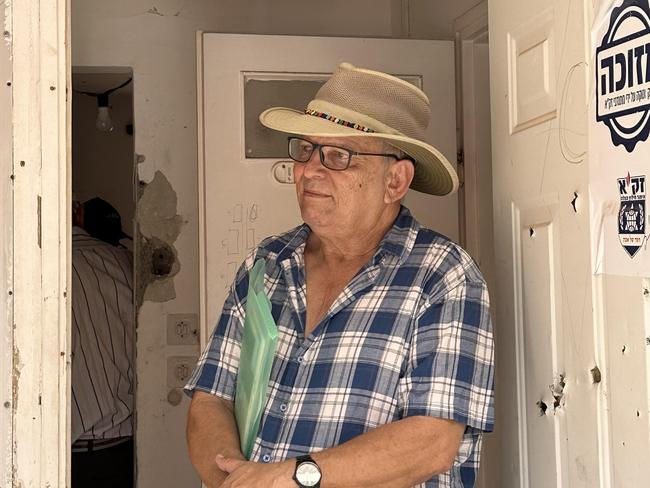
The inside of the unit is raked by holes: large ones indicating AK-47 fire, while smaller gashes peppering every surface likely came from grenade shrapnel.
Sivan’s family has allowed the crime scene to be preserved as a warning and a memorial, with a poster of her last WhatsApp messages with her mother, the final one reading “Let me know every five minutes that you’re OK”.
Other homes feature posters of those who died in them.
Down the road at Re’im, the site of the Nova music festival where 364 people were killed and 40 more hostages taken, survivor Shalev Biton is trying to make sense of the carnage by telling his story.
Biton, who went to the festival to reconnect with local friends after a couple of years travelling around the world, said that he was not alarmed when he first heard explosions and gunfire – he assumed it was just a few rockets and pot shots being fired from Gaza.
“We are pretty used to it,” he says of the booms he first heard around 6.30 in the morning.
But pretty soon he and his friends realised things were far worse.

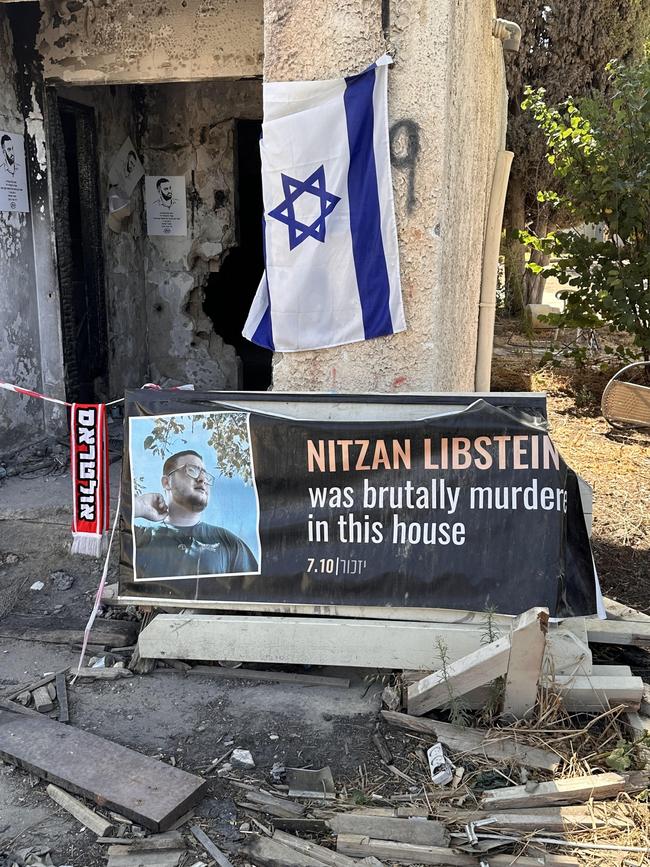
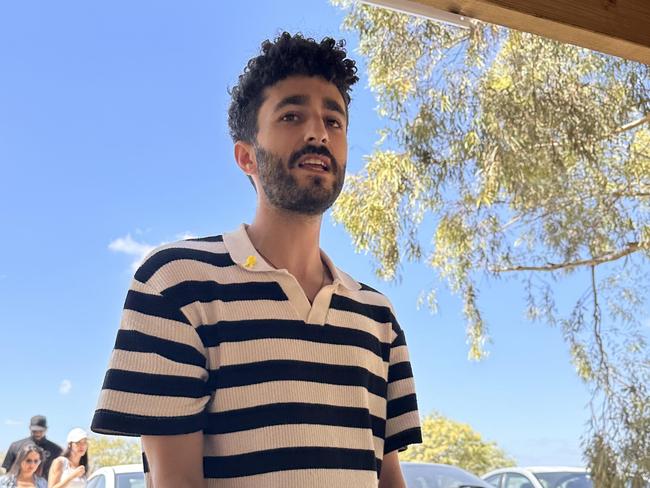
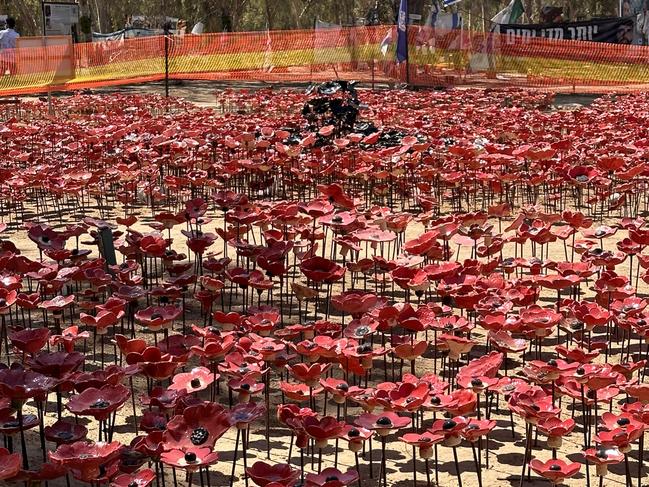
As the terrorists closed in, he and his mates who had tried to escape by car realised they had been driving in circles.
“We started hearing gunshots from the south, and I opened the car door to try and understand what was going on … I saw a woman, she was bleeding from all over her body, she was sitting in her car, her car was full of bullets. Then I was in shock.”
Eventually he and his pals escaped their car and crawled along furrows in a nearby field to escape the terrorists, who were methodically picking off festival goers with machine guns.
Salvation came at a nearby farm whose owner, an Israeli Arab, hid them from terrorists until help arrived.
The group cowered underneath the floor of the house in a gap in the foundations “like in a Holocaust movie”, he says, until the terrorists convinced themselves there were no targets there.
‘Ring of fire’
Israelis have always been quick to tell you they live in a “bad neighbourhood.”
But in recent years as Iran – naively emboldened by Western and American plans to normalise the Shi’ite theocracy – through its proxies surrounded Israel with a “ring of fire”, matters have gone from bad to worse.
That strategy, articulated and put into action by Iranian general Qassem Soleimani, was a long term plan to surround and destabilise the Jewish state and make life there ultimately untenable for Jews.
Soleimani was killed by a US air strike in January 2020 but the strategy remains.
Along with the now largely neutralised Hamas, Israel is facing the threat of Iran-backed Houthis in Yemen, militias in Iraq and Syria firing drones and cruise missiles into the country, and of course Hezbollah.
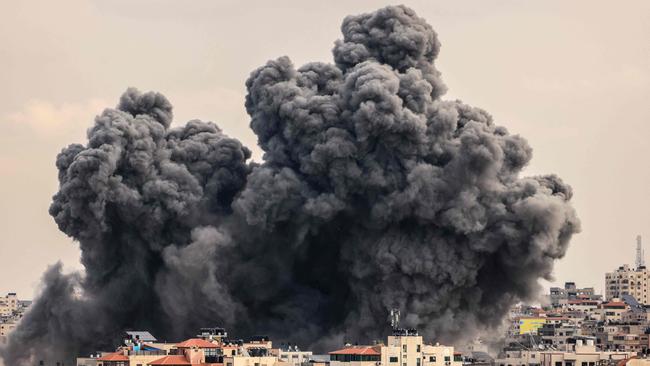
They are also faced with a global PR battle that many feel they are losing as Hamas weaponises civilian casualty figures the terror group claims run to the tens of thousands to portray Israel as the real heartless villain.
This despite the more than 200 hostages who were taken by Hamas on October 7, of whom perhaps 30, or 50, or 97 remain in the terrorist group’s intricate network of tunnels, depending on the source.
Outside Israel’s parliament, the Knesset, former Montrealer Avidan Freeman is leading a hunger strike protest urging the government of Benjamin Netanyahu to do whatever it can to get the hostages back.
“The first moral responsibility of the state of Israel is to the citizens that it didn’t protect. It had the responsibility to protect the citizens and the soldiers who were taken captive,” he says.
Freeman advocates a whatever it takes approach to getting the hostages back, even if that involves swapping prisoners with Hamas.
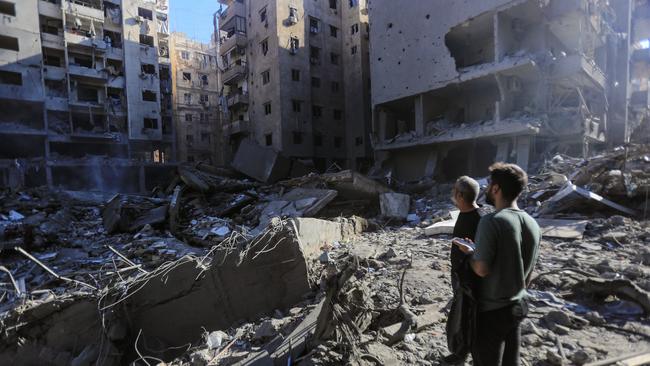
“There’s no lack of people responsible” for the crisis, he says, answering “yes, yes, yes” when offered the opportunity to pin blame on Netanyahu, the army, and the intelligence services.
Yet despite the disaster, Israel has also had major wins: A series of tactical victories and targeted assassinations of Hezbollah’s high command plus a devastatingly effective attack on the terrorist group’s pager and communications network have helped to turn the page on the massive intelligence failures that led to October 7.
For Lewinsohn, though, all he wants is to rebuild his shattered community of Kfar Aza.
“It’s my home, where else am I going to go?”
James Morrow’s visit was hosted by the Australia/Israel & Jewish Affairs Council.


